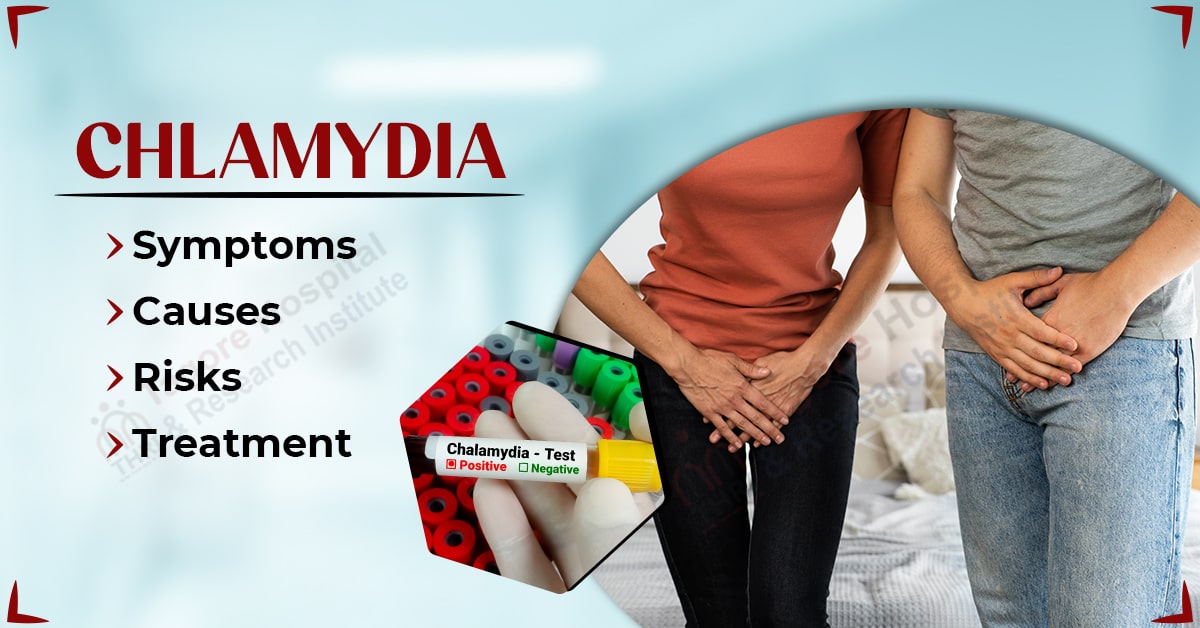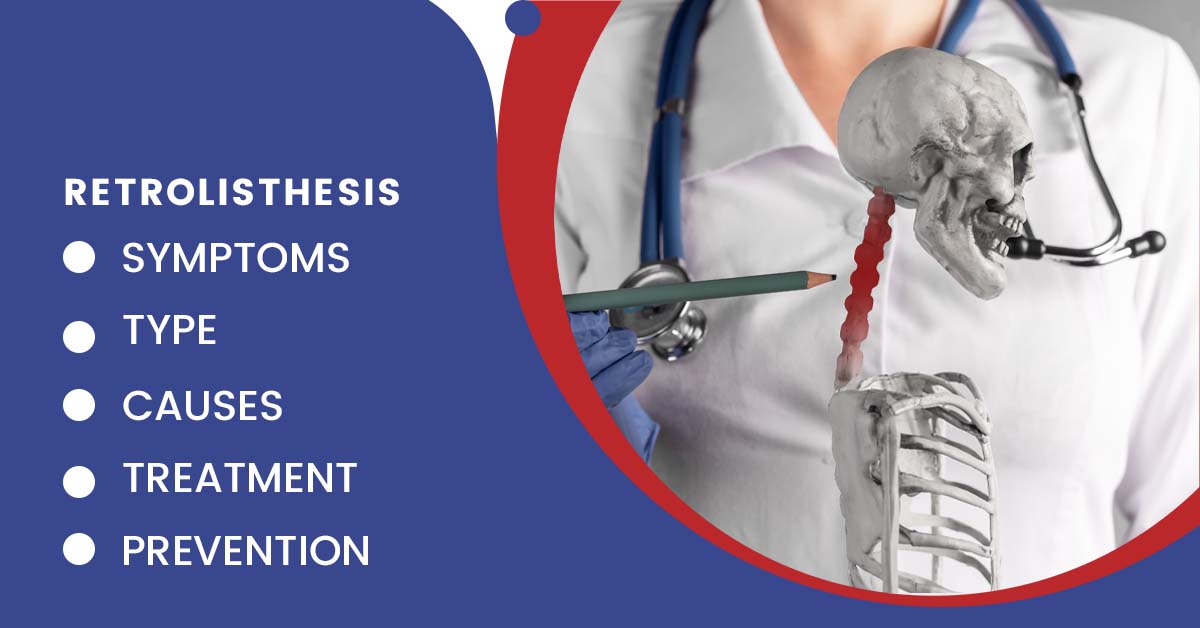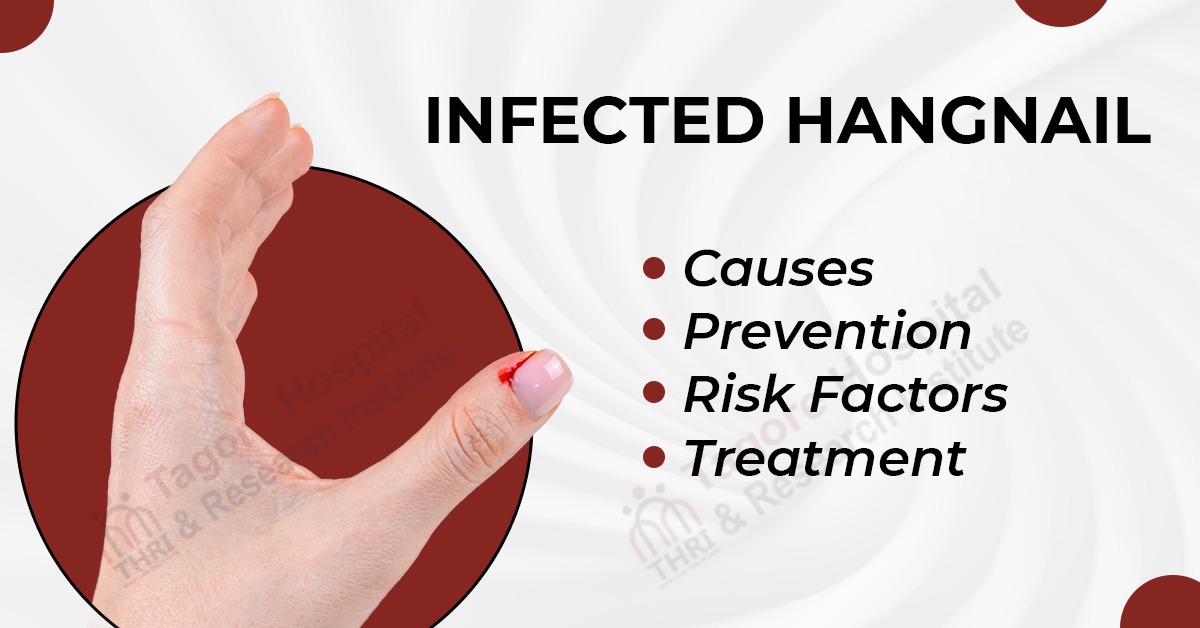- By Tagore Admin
- Posted September 08, 2023
What is Chlamydia?
Sexually transmitted infections (STIs) like Chlamydia are frequently brought on by bacteria. In the early stages of the disease, people with chlamydia frequently show no visible symptoms.
Between 40 and 96 percent of chlamydia patients are thought to be asymptomatic. Later health issues, however, can still be brought on by chlamydia.
It is crucial to get regular screenings for chlamydia and to consult your doctor or another healthcare provider if you have any concerns because the infection can have serious side effects if left untreated.
You Can Read also: Infected Stitches
How does Chlamydia Spread?
Chlamydia is primarily spread through sexual contact, and it can be transmitted in several ways:
- Vaginal Sex: Chlamydia can be transmitted when an infected person engages in vaginal intercourse with a partner. The bacterium can infect the genital tract, including the cervix, uterus, and fallopian tubes in women, and the urethra in both men and women.
- Anal Sex: Chlamydia can also be spread through anal intercourse. The bacterium can infect the rectum and the lining of the anus.
- Oral Sex: Although less common, Chlamydia can be transmitted through oral sex when an infected person's mouth comes into contact with their partner's genital or anal area.
- Childbirth: Mothers who have a Chlamydia infection can pass the bacterium to their newborn during childbirth if the baby comes into contact with infected vaginal secretions.
- Sharing Sex Toys: Chlamydia can be transmitted when sharing sex toys that have come into contact with infected genital or anal fluids. It's essential to clean sex toys thoroughly or use condoms on them when sharing to reduce the risk.
- Non-Sexual Transmission: While rare, Chlamydia can also be transmitted through non-sexual contact, such as sharing contaminated towels, clothing, or bedding. However, sexual contact remains the most common mode of transmission.
Symptoms of Chlamydia
Chlamydia is often called the "silent infection" because many people infected with the bacterium Chlamydia trachomatis may not experience any noticeable symptoms. However, when symptoms do occur, they can vary between men and women and may include the following:
Symptoms in Women:
- Abnormal Vaginal Discharge: Some women may notice an unusual vaginal discharge that may be clear or cloudy and have a strong odor.
- Pain or Burning Sensation During Urination: It can cause discomfort or a burning sensation when urinating.
- Abdominal Pain: Lower abdominal pain or pelvic pain may occur, often associated with infection of the reproductive organs.
- Pain During Sexual Intercourse: Chlamydia can lead to pain or discomfort during sexual intercourse.
- Bleeding Between Periods: Some women may experience irregular bleeding or spotting between menstrual periods.
- Discharge from the Anus: If the infection spreads to the rectum, it can cause pain, rectal discharge, or bleeding.
- Painful Cervix: Chlamydia infection of the cervix (cervicitis) can lead to cervical pain or inflammation.
You Can Read Also:- Hair Loss: Causes, Symptoms, and Treatment & Prevention
Symptoms in Men:
- Penile Discharge: Men may experience a white, cloudy, or clear discharge from the penis.
- Pain or Burning Sensation During Urination: Similar to women, men with Chlamydia can experience discomfort or a burning sensation when urinating.
- Swelling or Pain in the Testicles: In some cases, Chlamydia can lead to epididymitis, a painful inflammation of the tubes connected to the testicles.
- Rectal Symptoms: If the infection spreads to the rectum (usually due to anal sex), men may experience rectal pain, discharge, or bleeding.
It's important to note that Chlamydia can also infect the throat and eyes in both men and women, but symptoms in these areas are less common and typically include a sore throat or redness and irritation of the eyes.
Risk Factors of Chlamydia
Several risk factors can increase an individual's likelihood of contracting Chlamydia:
- Sexual Activity: Engaging in sexual intercourse, especially with multiple partners, increases the risk.
- Age: Young adults and teenagers are at higher risk due to increased sexual activity.
- Unprotected Sex: Failure to use condoms or other barrier methods during sex increases the risk of infection.
- Previous STIs: Having had a sexually transmitted infection (STI) in the past raises the risk of contracting chlamydia.
- Partner's Sexual History: Having a partner with a history of STIs or multiple sexual partners can increase your risk.
- Inconsistent Screening: Lack of regular STI testing and check-ups can delay diagnosis and treatment.
- Sexual Orientation: Men who have sex with men are at higher risk, particularly for rectal chlamydia.
- Drug Use: Substance abuse, including alcohol and drugs, can lead to risky sexual behaviors that increase the risk of chlamydia.
Causes of Chlamydia
Here are the main causes and risk factors for Chlamydia transmission:
- Unprotected Sexual Contact: Chlamydia is most commonly spread through unprotected vaginal, anal, or oral sex with an infected partner. If one partner is infected, the bacterium can be passed to the other through the exchange of infected genital secretions.
- Multiple Sexual Partners: Having multiple sexual partners, or having sex with a partner who has multiple sexual partners, increases the risk of Chlamydia transmission. The more sexual partners one has, the higher the risk of exposure to the infection.
- Young Age: Chlamydia is more common among sexually active individuals under the age of 25. This demographic group is at higher risk due to factors such as increased sexual activity and lower rates of condom use.
- Inconsistent Condom Use: Proper and consistent use of condoms can significantly reduce the risk of Chlamydia transmission. However, capricious or incorrect condom use may not provide adequate protection.
- Previous Chlamydia Infection: Having had Chlamydia in the past does not provide long-lasting immunity. Individuals who have been infected before are still at risk of reinfection if exposed to the bacteria again.
- Lack of Symptoms: Many people with Chlamydia do not experience noticeable symptoms, especially in the early stages of infection. As a result, they may unknowingly transmit the disease to their sexual partners.
- Mother-to-Child Transmission: In some cases, Chlamydia can be passed from an infected mother to her baby during childbirth. This can lead to eye and respiratory infections in the newborn.
Complications of Chlamydia
If Chlamydia left untreated, it can lead to various complications, including:
- Pelvic Inflammatory Disease (PID): Chlamydia can spread to the reproductive organs in women, causing PID. Infertility, ectopic pregnancies, and chronic pelvic pain can all be caused by PID.
- Infertility: In both men and women, untreated chlamydia can lead to infertility by causing damage to the reproductive organs, such as the fallopian tubes and testes.
- Epididymitis: In men, chlamydia can lead to epididymitis, an inflammation of the epididymis, which can cause testicular pain and potential infertility.
- Reactive Arthritis: Some individuals with chlamydia may develop reactive arthritis, a condition that causes joint pain and inflammation, along with other symptoms.
- IV Risk Increased: If chlamydia is contracted and the patient is exposed to the virus, their risk of contracting HIV increases.
- Perinatal Complications: Pregnant women with chlamydia can transmit the infection to their newborns during childbirth, leading to eye infections or pneumonia in infants.
- Cervical and Rectal Infections: Chlamydia can infect the cervix in women and the rectum in both men and women, leading to discomfort and if left untreated, complications.
Diagnosis of Chlamydia
The diagnosis of chlamydia typically involves the following:
- Medical History and Symptoms: A healthcare provider will ask about your sexual history and any symptoms you may be experiencing.
- Physical Examination: In some cases, a physical examination may be performed to check for signs of infection.
- Laboratory Tests: The most common method is a nucleic acid amplification test (NAAT), which detects the DNA of the Chlamydia trachomatis bacterium. This can be done using a urine sample, swab from the genital or rectal area, or throat swab.
- Rapid Tests: Some clinics offer rapid tests that provide quick results, but they may be less sensitive than NAATs.
- Screening: Chlamydia screening is recommended for sexually active individuals, especially those under 25 years old, annually or when there is a change in sexual partners.
- Partner Testing: Partners of individuals diagnosed with chlamydia should also be tested and treated if necessary to prevent reinfection.
Treatment of Chlamydia
Chlamydia is curable and is easily treatable. Since it is bacterial in origin, antibiotics are used to treat it. Antibiotic azithromycin is typically prescribed in a single, substantial dose. It is necessary to take the antibiotic doxycycline twice daily for about a week.
Additional antibiotics may be recommended by a medical professional. No matter which antibiotic is prescribed, dosage guidelines should be carefully followed to ensure that the infection is completely cleared up. Even when using single-dose medications, this process can take up to two weeks.
It is crucial to avoid having sexual relations while receiving treatment. Even after receiving treatment for a prior infection, chlamydia can still be transmitted and contracted if exposed again.
Home Remedies for Chlamydia
The most effective treatment is prescribed antibiotics by a healthcare professional. However, you can consider these general tips to support your overall health while undergoing treatment:
- Rest and Hydration: Get plenty of rest, drink lots of water, and maintain good overall health to help your body recover.
- Avoid Sexual Activity: During treatment, abstain from sexual activity to prevent the spreading of the infection or reinfection.
- Healthy Diet: Consume a balanced diet rich in nutrients to boost your immune system.
- Herbal Teas: Some people find relief from symptoms like discomfort or pain by drinking herbal teas like chamomile or ginger, but these won't cure the infection.
- Warm Compress: For pelvic discomfort or pain, a warm compress on the lower abdomen may provide some relief.
- Yogurt: Some individuals suggest that probiotic-rich yogurt may help maintain vaginal and urinary tract health, but it's not a cure for chlamydia.
Prevention of Chlamydia
Prevention of chlamydia primarily involves practicing safe sex and taking preventive measures:
- Use Condoms: Consistently and correctly use latex or polyurethane condoms during sexual intercourse.
- Limit Sexual Partners: Reduce the number of sexual partners and choose partners who have been tested for STIs.
- Regular Screening: Get regular STI screenings if you are sexually active, especially if you have multiple partners.
- Partner Communication: Talk openly with your sexual partner(s) about STIs and your sexual health.
- Treatment and Partner Notification: If diagnosed with chlamydia, complete treatment and ensure your sexual partners are also tested and treated if necessary.
- Avoid High-Risk Activities: Avoid risky sexual behaviors like unprotected sex and having sex while under the influence of drugs or alcohol.
- Vaccination (if available): In some cases, a vaccine for chlamydia may be available. Consult with a healthcare provider to determine if you are eligible for vaccination.
Tags





